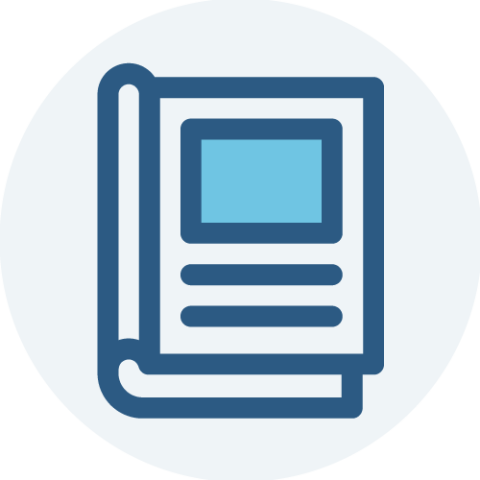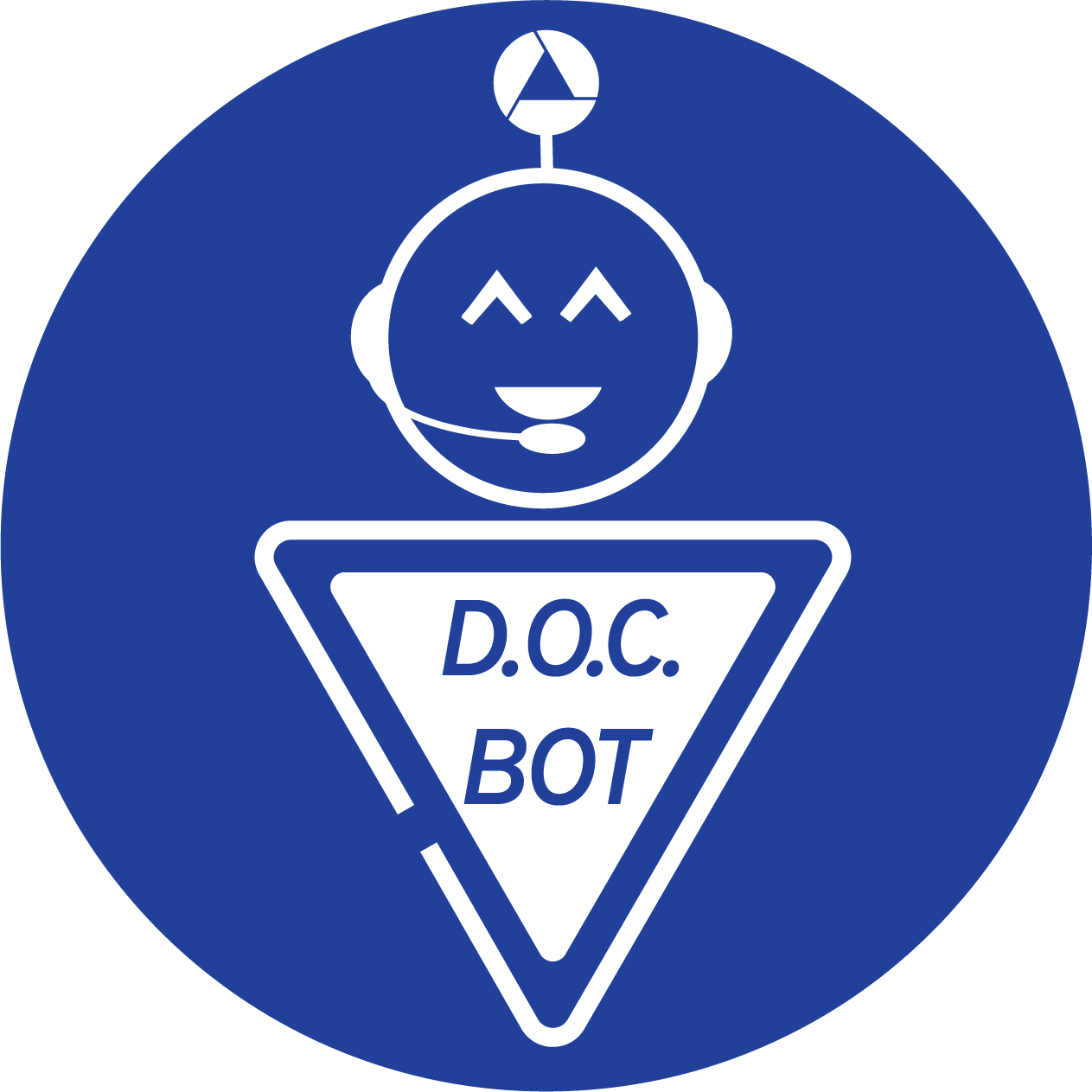
Cristiane Miranda Franca is dentist-scientist with a Ph.D. in Oral Pathology from University of São Paulo, Brazil. She studied mechanisms of photobiomodulation on several wound healing models. Recently, she mentored a team of graduate and undergraduate students in Brazil who investigated the cellular and molecular mechanisms of laser and light interactions with tissue to promote wound healing in diabetes. The results of this remarkable multidisciplinary team work led to the healing of diabetic chronic ulcers, restoring quality of life for several people. Crisitiane is passionate about how research can improve people’s lives. Franca came to Oregon Health and Science University (OHSU) to work at the School of Dentistry with Luiz Bertassoni to extend her training to tissue engineering and organs-on-a-chip. She is currently working on a microfluidic device to study how dental materials can affect dental pulp vasculature regeneration. It has been a truly exciting experience to combine her expertise in Pathology with Bertassoni’s experience in Biomaterials. She is a fellow from the OHSU Fellowship for Diversity in Research and Inclusion program and she relishes the opportunity of being at OHSU and developing this cutting-edge project with Bertassoni’s amazing team.
How did you first learn about the AADR and what motivated you to join?
I first learned about AADR when I was a graduate student and participated in the Brazilian Division of IADR meeting. I was motivated to join because of the high quality of the scientific meetings and also because of the opportunity to meet renowned researchers who regularly attended the AADR meetings. This allowed me be up to date with their research and to network with their students and post-docs.
Can you describe your research? How do you hope your work will impact others?
I work in the Department of Restorative Dentistry of Oregon Health and Science University, Portland. I am a post-doc at Bertassoni’s lab and currently, I am part of the team who is developing a microfluidic device for dental pulp studies. This device is a miniature of the dental pulp that can be seeded with cells and perfused with cell culture medium emulating the fluid circulation in the body. This type of 3D culture will enable researchers to test dental materials in more physiologic conditions than presently static cell culture conditions. My work can help the understanding of pulp reactions to dental materials.
As a student, where do you see yourself in 5-10 years?
I see myself as an independent researcher with a lab team that investigates tissue regeneration and oral diseases using microfluidics and 3D bioprinting.
Can you tell a story or give an example of how cross collaboration with other scientific disciplines has been important to your career?
Majority of my scientific life has been working in collaboration with other disciplines. For instance, in the previous lab that I worked, I joined forces with physicists and biomedical engineers to optimize the use of low level laser in the diabetic wound healing and together we found out that four applications of laser in a dose of 1J/cm2 were more effective for wound healing than one application of a dose of 4J/cm2 and this helped to establish better protocols for the treatment of cutaneous ulcers related to diabetes.
In Bertassoni’s lab we are dentists working together with biomedical engineers and chemical engineers to develop this microfluidic device which is a novel and more physiologic study platform to investigate the dynamic interactions of dentin, dental pulp cells and dental materials.
Can you describe your experience being a researcher from an underrepresented group in science?
I never felt myself as being target of prejudice from others for being a Hispanic woman. What was challenging for me was the difference from one country to the other regarding the educational system, grant funding programs and publication demands. And of course, the language, it is frustrating not to be able to find the proper words to convey an idea.
Have you had the opportunity to mentor underrepresented minorities or work to increase diversity in science? If yes, can you describe your experience and what agencies/organizations you worked with?
I have had the opportunity to mentor underrepresented minorities in Brazil, and I worked with the Brazilian federal funding organizations. Here in the U.S. I co-mentor a pre-med student that is from an underrepresented group. I worked with Immigrant & Refugee Community Organization (IRCO) and they provide financial support and coach for the immigrants to get a job. It has been a truly exciting experience because this student is hard working and determined to achieve her goals. This is what I observed from the other students from diverse background, they generally are grateful for the opportunity and work very hard to succeed.
Based on your experience, how would you encourage AADR members to help increase the diversity of the research workforce?
First of all, I would encourage AADR members to spread the word that there is a continuous funding opportunity from NIH to increase diversity in research that is a Diversity Supplement. Researchers that have a current grant funded by NIH (most of the R and U grants) can ask for a research supplement to fund the training of a person with a diverse background. This supplement will fund the salary of the student during the period of duration of the parent grant and will provide additional money for research supplies and travels related to the training of the applicant.
At an institutional level, it would be beneficial to have an institutional policy for inclusion, with an office for inclusion and diversity which offers fellowships for eligible candidates to work as principal investigators that can provide a good mentorship for the underrepresented individual. Good mentorship is still the best way to decrease the gap we have in science for underrepresented minorities. For instance, OHSU has a well-established program to provide fellowships for people from diverse background. This fellowship is a competitive program whose goal is to increase the diversity of the community of scholars devoted to academic scientific research at OHSU. The program attracts promising researchers and educators from different backgrounds, races, ethnic groups, and other diverse populations whose life experience, research experience and employment background will contribute significantly to the academic mission of OHSU. The fellowship provides salary support for 1 year to allow the fellow to collect pilot data to begin the process of funding their own scholarship through training awards including diversity supplements. Also there is a supplementary benefit of up to $5,000 in additional research funding for resources conference proceedings, a tuition-free writing and grant course for future grants, and 1-on-1 mentored writing assistance with faculty out of the Office of the Senior Vice President for Research. A database of successful grant applications of various mechanisms has also been generated as a resource for fellows to assist the fellows in generating future grant applications. In addition, the fellowship provides monthly seminars that allow fellows to present and critique their work and presentation styles, which builds confidence and communication skills for fellows. Last, the fellowship provides access to additional mentors and social events to integrate fellows more tightly into the community.
For more information Research Supplements to Promote Diversity in Health-Related Research, visit: https://grants.nih.gov/grants/guide/pa-files/PA-18-586.html.
For more information on the OHSU Fellowship for Diversity in Research, visit: https://www.ohsu.edu/ohsu-fellowship-diversity-research.
What role do you think professional associations can play in supporting its members who are members of underrepresented minority/ethnic groups?
Professional associations can help their members to realize that there are gaps in the education of most of underrepresented minorities but that these individuals are going to work twice as hard to get there. Professional associations can also provide continuous educational training courses for individuals from diverse backgrounds, workshops on job search and how to perform a job interview (considering the unconscious bias as well).
They should also spread the word about funding opportunities to help build a strong research and funding track record.




